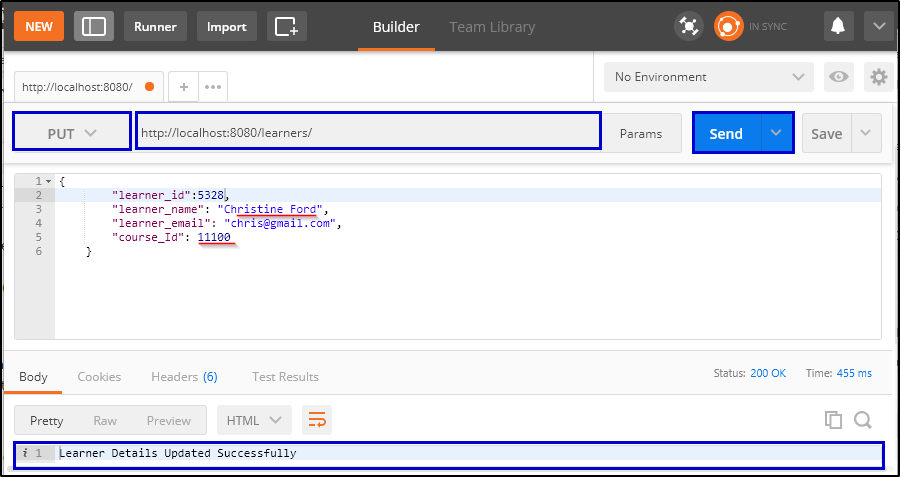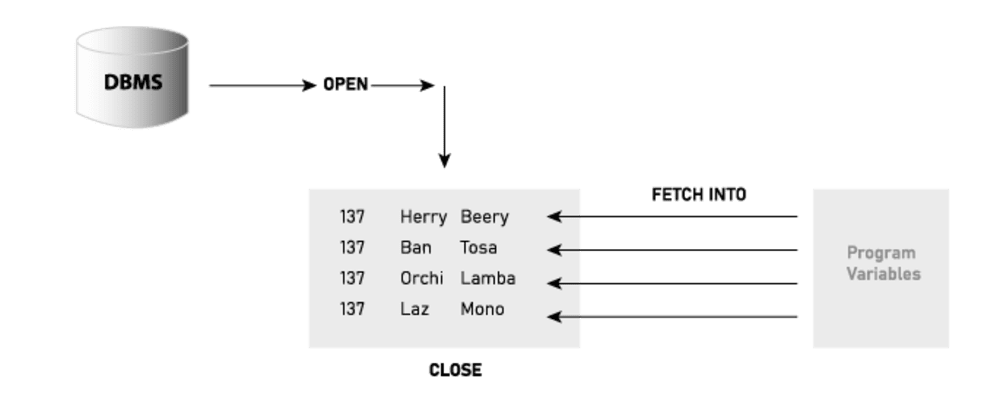

Table of contents Why Node.js MySQL tutorial Prerequisites for Node.js MySQL tutorial Node.js MySQL tutorial steps. Online Documentation: MySQL Connector/Node. Create a JS file named connection1.js with the following script to make a connection with the previously created.
#Nodejs mysql how to#
MySQL Connector/Node.js is a native, asynchronous, promise-based client library for MySQL 5.7.12+ providing New CRUD APIs for Document and Relational development. Here is the step-by-step tutorial on how to connect to MySQL/MariaDB database servers from your application, deployed based on a NodeJS application server.
#Nodejs mysql driver#
In this Node.js MySQL tutorial, we will look into how to get started with both of them step-by-step to build REST API for quotes using Express js. Connector/Node.js is the official Node.js driver for MySQL. It is the One-to-Many Association, there is a tutorial for that Relationship: Sequelize Associations: One-to-Many example Node.js, MySQL. Node.js and MySQL mix very well together.


Since my main aim is to demonstrate data transactions from the database, I will be mainly focussing on the controllers. Here I will be creating a simple CRUD application using Node.js and link it with MySQL database to store the data of learners in it. Note: To delete a stored procedure you need to run the command DROP PROCEDURE against the database you created it for. If you want to add Comments for each Tutorial. Creating a CRUD Application using Node.js and MySQL. const mysql = require ( 'mysql' ) // First you need to create a connection to the database // Be sure to replace 'user' and 'password' with the correct values const con = mysql. Now, let’s create a file called app.js in our mysql-test directory and see how to connect to MySQL from Node.js. Here’s a dump of the database, so that you can get up and running quickly if you wish to follow along: CREATE DATABASE sitepoint CHARACTER SET utf8 COLLATE utf8_general_ci USE sitepoint CREATE TABLE authors (Ĭity varchar ( 50 ), PRIMARY KEY (id ) ) ENGINE = InnoDB DEFAULT CHARSET =utf8 AUTO_INCREMENT = 5 INSERT INTO authors (id, name, city ) VALUES ( 1, 'Michaela Lehr', 'Berlin' ), ( 2, 'Michael Wanyoike', 'Nairobi' ), ( 3, 'James Hibbard', 'Munich' ), ( 4, 'Karolina Gawron', 'Wrocław' )
#Nodejs mysql install#
Step 2: Install the mysql modules using the following command: npm install mysql.

#Nodejs mysql code#
Let’s Code Now We are going to connect the Node.js web server with the MySQL database to store the. Press Enter to leave the default settings as they are. Open the newly created directory in VS Code inside the terminal, and type npm init to initialize the project. If you want to write a new microservice with Node.js for an existing database, it’s highly likely that you’ll use MySQL, one of the world’s most popular open-source databases. The above approach is discussed below: Step 1: Create a NodeJS Project and initialize it using the following command: npm init. Create an empty folder and name it node.js mysql. For this article I’ll be using a database called sitepoint and a table called authors. Generally, Node.js is coupled with MongoDB and other NoSQL databases, but Node.js performs well with relational databases like MySQL, too. Graphical interface, such as Adminer, or using the command line. The next thing we need to do is to create a database and a database table to work with. If this is not the case, please consult the installation instructions on their home page. FREE and Open Source, Mysql is a great database for just. Now whenever I want to query mysql I require this module and then query the databse var mysql = require('./db/mysql').pool Ĭonn.Before we get on to connecting to a database, it’s important that you have MySQL installed and configured on your machine. These days everything uses a database, and MySQL is one of the most popular databases out there. Other threads here suggested to use connection pooling so i set up a little module mysql.js var mysql = require('mysql') I'm trying to figure out how to structure my application to use MySQL most efficent way.


 0 kommentar(er)
0 kommentar(er)
